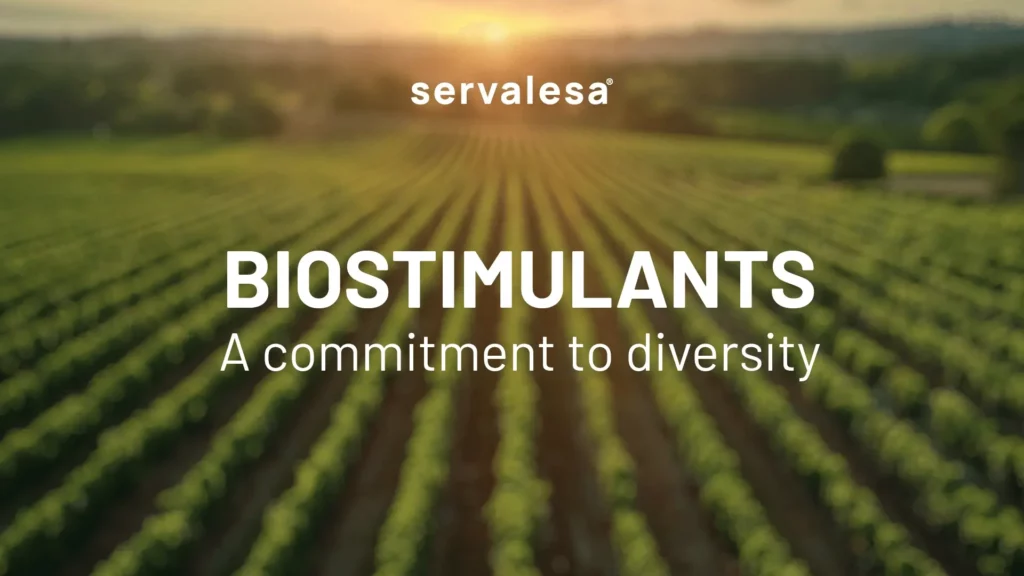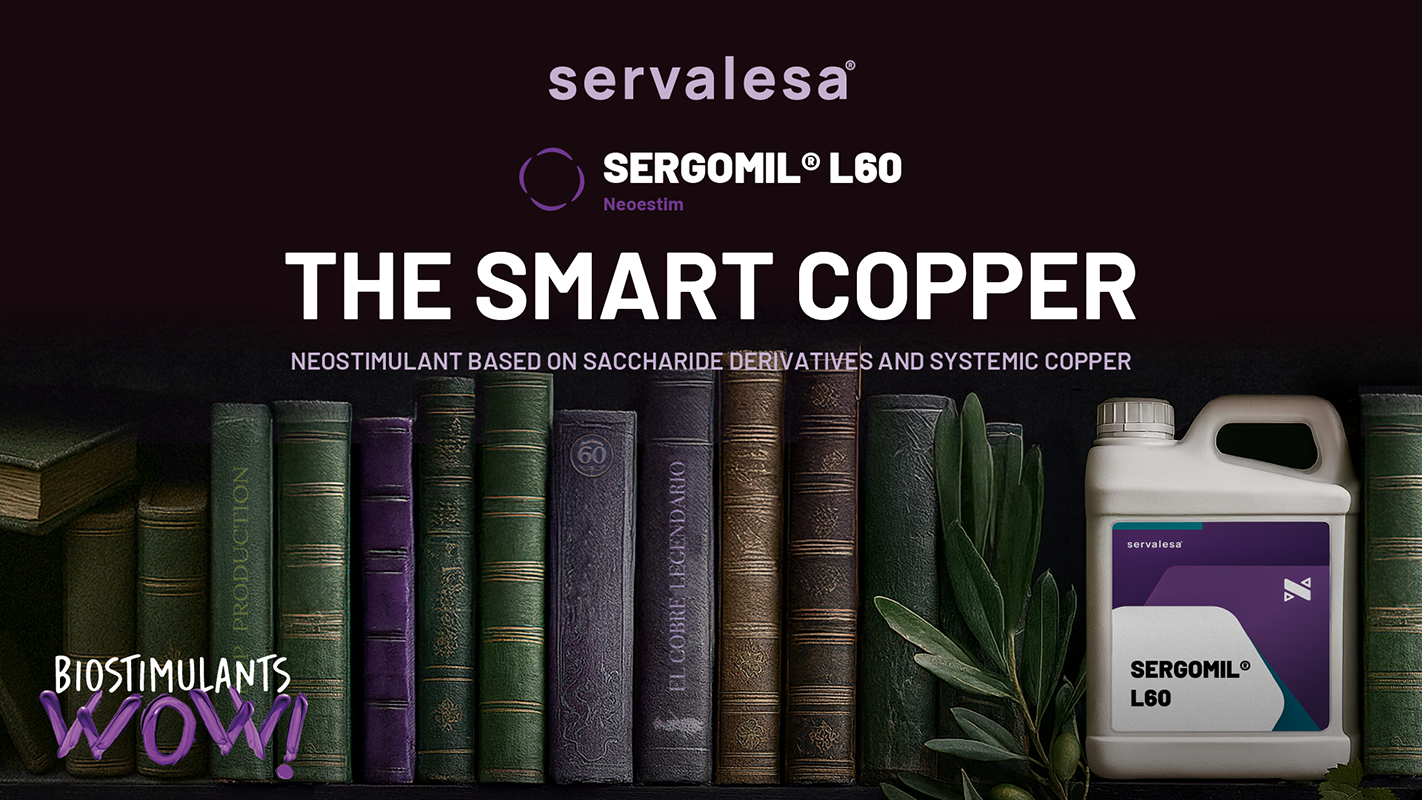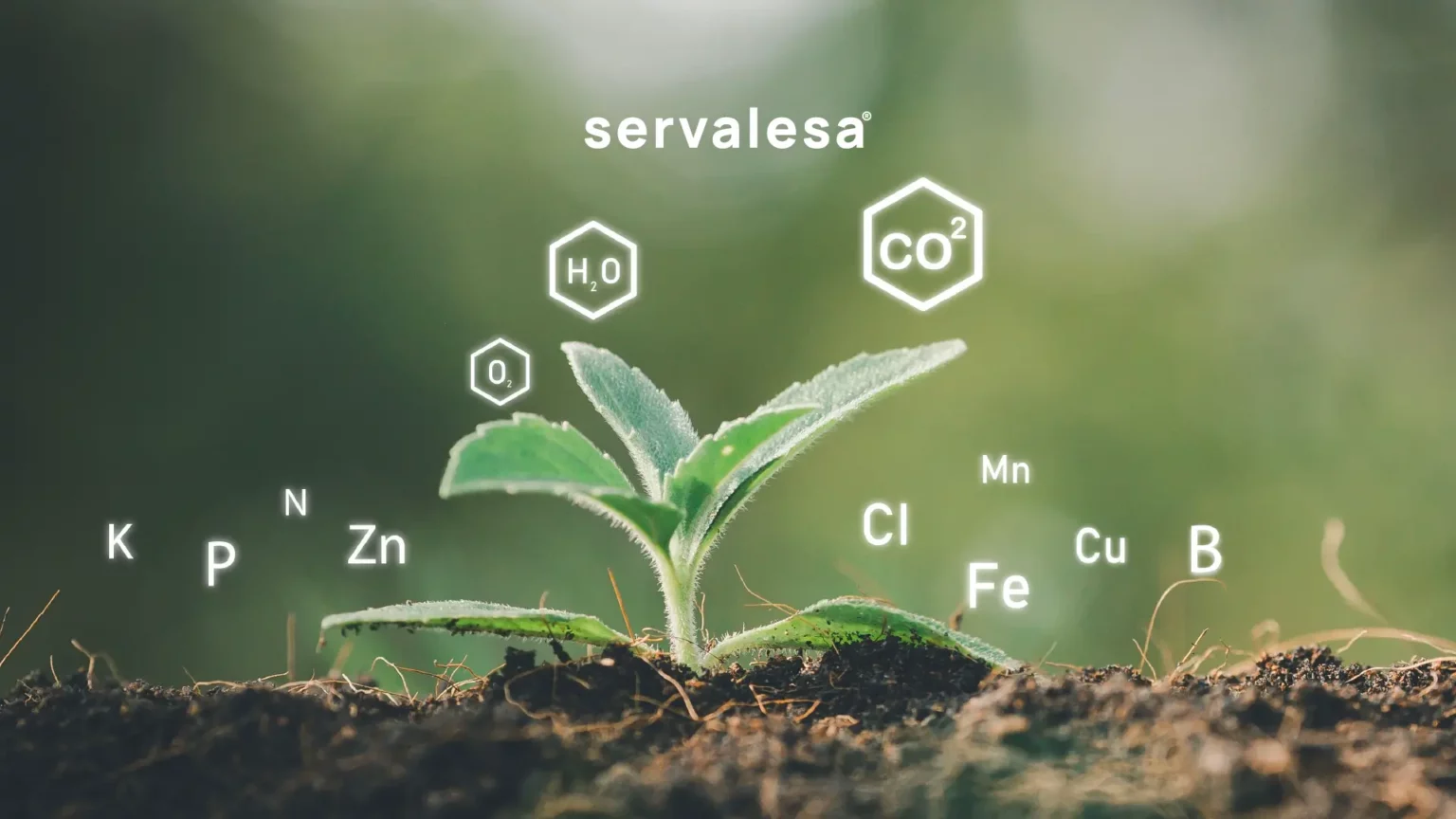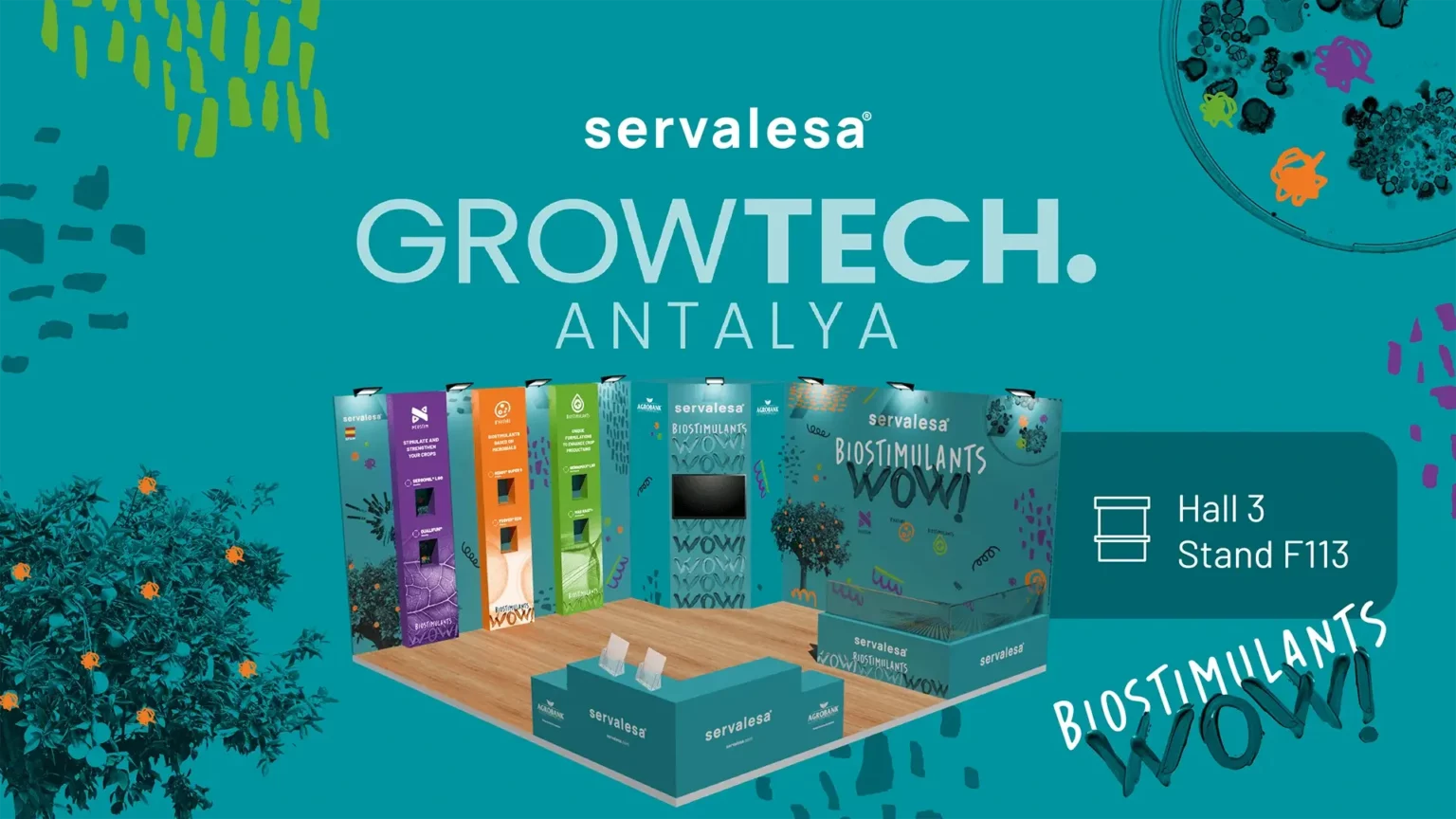In the following article, we explore the impact and importance of bioestimulants in modern agriculture. Through an in-depth analysis, we examine how these products can promote diversity, improve crop health, and optimize agricultural yields. Additionally, we reflect on the concepts of plant health and disease, and how these intersect within the context of plant pathology and agricultural sustainability. Discover how advances in bioestimulation provide innovative solutions to the current challenges facing agriculture.
In sickness and in health
The concept of health is partial in two ways: it is incomplete and subjective. The same goes for its classic opposite: illness. We consider a healthy organism to be one that performs all its functions normally. A sick organism, on the other hand, is one mired in the aberrations of disorder.
In the face of our deep-rooted inability to establish what should be considered normal, it must be acknowledged that there are people who, despite being diagnosed as sick without remission, manage to last a lifetime while being labelled chronically ill. Perhaps the dubious convention of being healthy has less to do, as people think, with the irrefutable fact of feeling alive.
Let us therefore agree that life is a singularity, and that once the miracle of birth has occurred, the only normal — and the most certain — thing for human and plant life alike is the inconvenience of death. In the meantime, however, we must all work together to bring in the harvest.
Plant pathology: a science in its own right
Jiménez Díaz, a resolute academic and orthodox researcher, argues that the aims of plant pathology are:
- To ensure that crops achieve the yields prescribed by their genetic potential within the physical constraints determined by variable environments.
- To promote the efficient use of inputs needed for plant production: i.e. water, soil, fertilisers, energy, etc.
- To ensure the health and wholesomeness of the harvested product.
Following the notion of disease aetiology established by Robert Heinrich Hermann Koch (1843-1910), plant pathology usually relates each disease to a single causative agent. However, as the traveller and educator José Luis Porcuna postulates, we can now incorporate knowledge of plant physiology and ecology into the diagnosis, which shows that there are more influential factors for the development of the disease than even the threatening presence of the pathogen itself. Examples include a polluted atmosphere, or infertile soil.
Julián Marías, in his indispensable History of Philosophy, wins over readers with this dazzling definition of science:
“Knowledge about what things are, determined by the need to live in truth, the origin of which is astonishment.”
And the truth is that it is astonishing that, with defiant ignorance, we are reluctant to internalise that only in healthy soil can we aspire to grow healthy plants.
The black heralds
Pathogens and pests are bio-indicators. Without wishing to shock, the fact is that a lettuce does not suffer an aphid attack and become destabilised; on the contrary, it becomes destabilised and suffers an aphid attack. Thus, the mere presence of Phytophthora infestans in a potato crop is not yet a disease per se, but a symptom of an excess (of nitrogen?) or a deficiency (of organic matter?).
For example, we cram inorganic nitrogen into an orchard in pursuit of maximum production, ignoring the existence of a food web in the soil that is busy decomposing organic matter. So, by subverting the natural nitrogen cycle, we are idling a multitude of micro-organisms. In this case, we are causing Azotabacter or Azospirillum to disappear: the soil loses biodiversity and the agro-ecosystem becomes more vulnerable. This is the ironic advice of the renowned French biologist and botanist, Francis Hallé.
“All a tree asks is to be left alone.”
However, instead of leaving it alone:
- We manipulate it genetically and impose it as a monoculture.
- We transplant it on a whim to implausible soils using senseless planting patterns.
- We water it according to opinions.
- We fertilise it by respecting absurd customs, or persuaded by even more absurd fashions.
- We systematically spray it with drugs, underestimating its immune system.
In short, we stress trees while decapitalising agro-ecosystems.
Hallé, an expert on tropical forests, warns us of one thing: whoever disturbs biorhythms is not only exposed to the consequences, but must also accept them.
Corollary: as an agro-ecosystem loses complexity, life in it paradoxically becomes more complicated.
Rubisco or evolutionary success
A variant of the idealisation of nature consists of projecting onto it attributes that are exclusive to human beings. Indeed, we tend to humanise it, albeit as an exquisite corpse. Since Descartes, we have been analysing nature with the fury of disembowellers, reducing life to the narrowness of a few formulas. Indeed, we tend to humanise it, but what we achieve is to reify it. And then it hurts less.
RuBisCO (abbreviated from ribulose- 1,5-bisphosphate carboxylase/ oxygenase), the CO2-fixing enzyme, formed from 16 polypeptides and consisting of 8 active sites, the enzyme present in all photosynthetic organisms that use the Calvin cycle to fix carbon, possibly the most abundant enzyme on earth, is slow and inefficient from a human perspective: i.e. under productive criteria.
Desperately slow because each active site catalyses only 180 reactions per minute, compared to other enzymes that can catalyse thousands of reactions per second. Desperately slow and bafflingly inefficient because it catalyses the addition of both CO2 and O2: that is, oxygen and carbon dioxide compete for active RuBisCO sites, and so when it fixes oxygen (photorespiration) it undoes what it previously did by fixing carbon dioxide (photosynthesis). Nevertheless, RuBisCO keeps its job and nature doesn’t dare dismiss it. It is good for life, even if economists and engineers are not convinced. And it doesn’t just serve it on a whim: plant physiologists keep discovering qualities in RuBisCO that go beyond the moulds of a curriculum. Measuring, once again, is not the same as knowing what is measured.
And so, since the time of Descartes, we have meanwhile been simplifying reality, reducing it all to its parts. But the watch has started to deconstruct the watchmaker. The apple appears to be biting back. Life does not share our haste. Plants, anchored in the ground, catch light with a frugality of 300,000 km/s. As always, we must breach the veneer of astonishment to reach the depths of knowledge.
Biomimicry or the value of imitating life
NPK fertilisation and application of pesticides have been shortcuts to a dead end. The soil lies weary from chasing shadows, and the farmer awakens each morning decapitalised.
Biochemists unravelling metabolic pathways have come across microbiologists reanimating mycorrhizae. Suddenly, we remembered: the soil, the meeting point, the sustenance of the crops, for sustaining and nourishing them. The soil microbiota and the roots of our crops stimulate each other: a proliferation of secondary metabolites and exudates loaded with good intentions. The rhizosphere as a hugging algorithm: in life, there is always a gradient, more or less close, to greet.
We had insisted that the harvest was a result. But fruits are just names of a process. And since processes only consent to be favoured or stimulated, as soon as we force or violate them, they degenerate or abort.
Biostimulants are therefore a promising alternative: their formulations based on organic molecules and trace elements reinforce indigenous tendencies without detriment to auxiliary flora and fauna.
Biostimulants should by no means be considered a conquest, but a discovery. It was about emulating life. After all, RuBisCO has been exemplary for millennia, free of any accusations of absenteeism and punctual at work as long as any stoma remains open.
The promise of Prometheus
Seeing us all the time with smartphones in our hands, we must admit that we have become terribly “thumbsy”. The function creates the organ: Homo tecnologicus.
The titan Prometheus took pity on the helplessness of mankind, snatched fire from the gods of Olympus and gave it to us in the name of progress. Our first step in the technological race: fire. Then came the wheel, the bidet, and the aforementioned smartphone.
“Health and disease themselves, as events that happen to individuals and communities, are also ecological events, and therefore definitions of health cannot ignore this interdependence.”
and, on the face of it, legislation is being passed in favour of motives such as the one that permeates this reflection offered by Hernán San Martín almost anonymously.
We are currently witnessing a situation in which plant protection product registrations are being repealed as a matter of urgency. Markets demand healthy and safe food. “Preserve the environment” is conjugated in the imperative. Those being forced to cure problems are betraying that they didn’t know how to prevent them in the first place. We are assuming that, in order to prevent stress from degenerating into disease, the plant must be biostimulated. Producers and technicians are already talking to each other with astonishing fluency about elicitors and osmoprotectants. The rhizosphere is starting to become the geometric locus of prosperity for any crop. The agricultural sector is evolving, despite some discouraging signs, including unfair prices for some crops season after season. However, in the countryside, time is always chasing itself, twisting in cycles, every year granting us springs that promise us a beginning and keep us away from discouragement.
We have given ourselves the means: big data. Even so, a strong will is not enough. It takes talent to know how to get there and, above all, talent to choose where to go. We collect increasingly reliable data and one day we will finally come up with a good explanation to back it up.
We are still following the path of Homo sapiens.
Even if, from time to time, we declare ourselves on fire with the rhetoric of toxic love, we get a flat tyre when we least expect it, and without mobile coverage that plumber we need to fix the bidet seems ever so far away.




